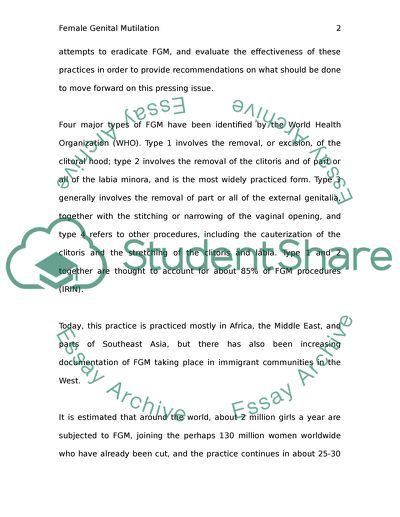Cite this document
(“War on our daughters in Africa : Laws Unenforced, Practices Unchanged Research Paper”, n.d.)
Retrieved from https://studentshare.org/family-consumer-science/1408366-war-on-our-daughters-in-africa-laws-unenforced
Retrieved from https://studentshare.org/family-consumer-science/1408366-war-on-our-daughters-in-africa-laws-unenforced
(War on Our Daughters in Africa : Laws Unenforced, Practices Unchanged Research Paper)
https://studentshare.org/family-consumer-science/1408366-war-on-our-daughters-in-africa-laws-unenforced.
https://studentshare.org/family-consumer-science/1408366-war-on-our-daughters-in-africa-laws-unenforced.
“War on Our Daughters in Africa : Laws Unenforced, Practices Unchanged Research Paper”, n.d. https://studentshare.org/family-consumer-science/1408366-war-on-our-daughters-in-africa-laws-unenforced.


